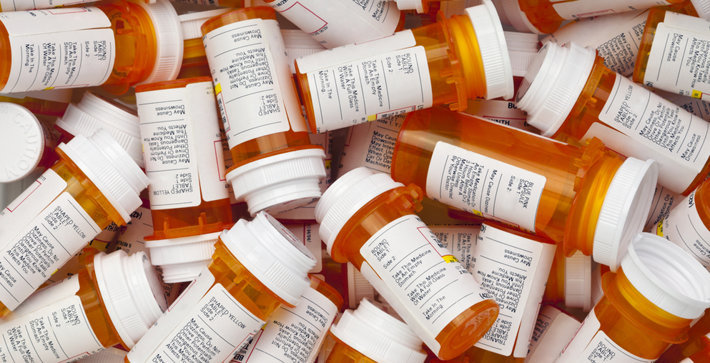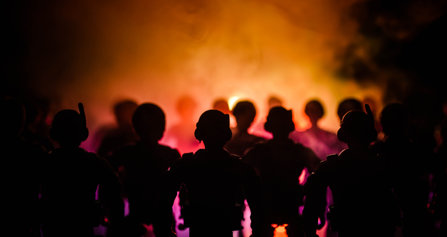A Book Review
Pill City: How Two Honor Roll Students Foiled the Feds and Built a Drug Empire

This new book from journalist Kevin Deutsch tells a tragic tale of utter and heartless disregard for human life. In heartlessness if not in scale, it rivals stories of war atrocities in Germany or Russia. But in this case, the story took place in Baltimore, Maryland. The year was 2015.
At the time, the media focus was on the riots after the death of Freddie Gray while he was in the hands of the local police. You may have seen stories or footage of rioting and looting that began April 27th, the day Gray was buried. While some people set fires or fought with police, a well-organized crew ran from pharmacy to pharmacy, looting addictive prescription drugs.
The members of the crew had been recruited from a local gang called the BGF, the Black Guerrilla Family. The instigators of this project were two exceptionally intelligent high school students who had developed advanced computer programming skills, perhaps as an escape from their desperate lives surrounded by drug use, addiction and neglect.
The two boys had worked out an encrypted system of communication that would enable orders for drugs to be placed and filled without detection or tracking by law enforcement. They took their system to the BGF when they saw that rioting was sure to break out within the next few days. Once the gang members accumulated a vast stash of addictive substances, they explained to gang leaders how the encrypted system plus the drug supply they’d paid nothing for would give BGF a huge advantage over other drug-supplying gangs.
The leaders of the BGF saw the potential, assigned members to looting teams and waited for the riots.

As the riots blazed, the teams looted more than 30 pharmacies. Using the mass chaos as cover, they also attacked illicit drug stashes around the city. In all, more than $100 million worth of pills and heroin changed hands. And the BGF had a shiny new communication system ready to use for its distribution.
Cheap Drugs
In the weeks that followed, BGF had this vast supply of opioids they’d paid nothing for and a city that already had a terrible opioid addiction problem. When the word went out that they were selling pills or heroin for next to nothing, those who were addicted to or tempted by opioids beat a path to their door. In addition to selling the drugs in Baltimore, they moved the drugs to BGF franchises in South Florida, Camden, Kansas City, St. Louis, Newark and Staten Island, distributing the destruction to other parts of the country.
It’s very easy to imagine the strife this sudden development would create in rival gangs. Bullets flew in every direction as gangs that had previously controlled certain neighborhoods tried to put BGF out of business and as BGF defended their operations.
But when deadly drugs are this easy to get, it’s like the floodgates open. More people become addicted and more of those who are already addicted suffer fatal overdoses. The stories of the loss of life to the drugs are a tragic counterpoint to the loss of lives resulting from gang-vs-gang violence.
Telling the Human Tale
Kevin Deutsch doesn’t tell this story as a journalist who totals the loss in dollars and cents. He doesn’t categorize the characters as faceless monsters. He tells a tale about humans caught in the crossfire of a disastrous social problem. He spent thousands of hours locating and interviewing individuals who had already set aside any compassion for their fellow man and were ready for this opportunity to make their own fortunes.

Creating another counterpoint, Deutsch also tells the stories of those who walk the streets to try to save the lives of those caught under the wheels of this massive steamroller.
It’s not an easy book to read but it is a tale that is vital to tell. This is another aspect of our national problem with drug abuse and addiction. It’s not possible to calculate how many people died from this particular load of drugs or how many people were newly addicted as a result of this supply. The story of the Baltimore riots and the BGF gang is one more chapter in the vast tale of heartlessness that exists in the boardrooms of publicly held pharmaceutical manufacturers or distributors, or in foreign countries that are willing to traffic drugs like fentanyl or powerful synthetic stimulants into America for the insane profits they can make.
Wherever this heartlessness starts, it ends in the living rooms of loving, American families, emergency departments of hospitals, dingy hotels or bathrooms in fast food restaurants. We are losing our family members, neighbors and friends. And if one has the heart to study the story, then maybe we can both save our loved ones and make headway in fighting the bigger problem.
Published by St. Martin’s Press, New York.


 ®
®